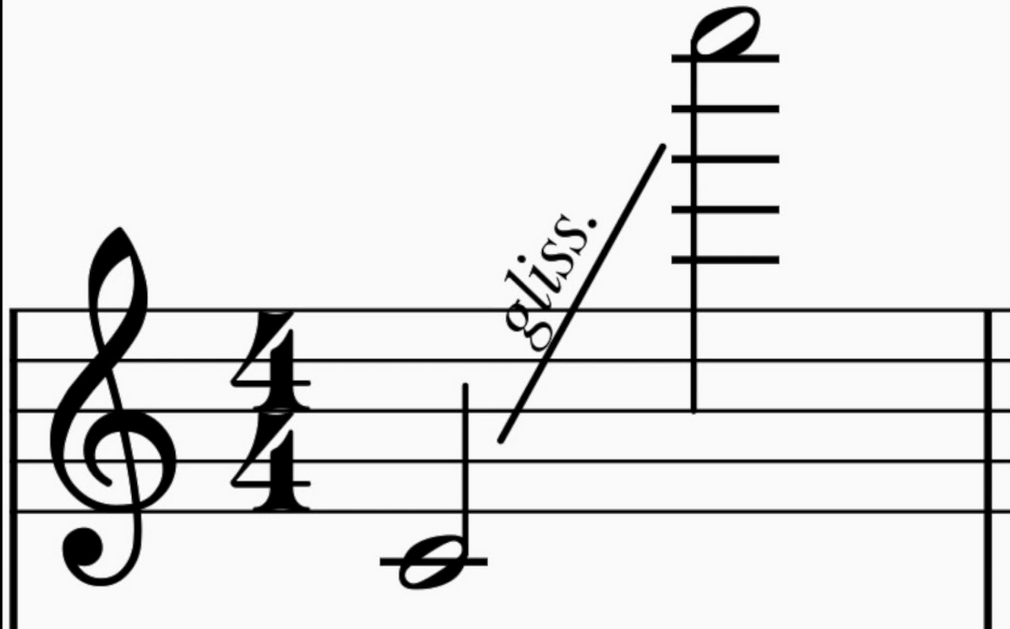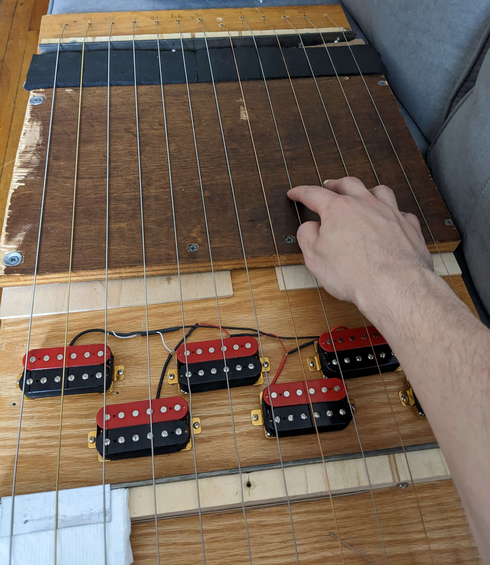The Approximation of Temperament

I'm a pianist, and I like harmony- so when I learned that you can't get real harmonic chords on a piano, I was unsettled. Pianos are tuned in what is known as 12-tone equal temperament, or 12-TET for short. This means that each half-step, the smallest interval on a piano, is the same interval: a multiplicative factor of 2 to the 1/12th between frequencies. This gives the pitches (which go like the logarithm of the frequencies) translation symmetry: every chord is the same as every other one, but shifted in pitch, and thus no chords sound worse than any other.
However, a major triad, do-mi-sol, arises not from a grid of equally-spaced pitches, but from the physical agreement (concordance/accordance, thus "chord") between frequencies in the harmonic series of a physical object under vibration, like a string, a reed, a mouthpiece, a hollow wood block, etc. These systems give tones which are not pure pitches, but which are made of pitches in that harmonic series. For a string bound on both ends (think of a guitar) any vibration must be null on both bound ends, so that series (the normal modes), consists of sinusoidal functions with an integer number of peaks, each of which sinusoidal functions would give a pure tone if it were the only mode excited on the string (I'm also discounting any effects of the guitar body, etc., which are obviously non-negligible for an acoustic guitar).
Why does that matter? The first mode gives the fundamental frequency of the tone- that's what "A440" on a piano is; the string isn't giving the pure boop sound you hear from a sinusoidal 440Hz tone, but the fundamental frequency is still 440Hz. It turns out that doubling any frequency preserves a quality of the pitch, which is what we're labelling when we say "A". 880Hz and 220Hz, etc, all give tones which sound like A440. (This is how the logarithmic pitch-to-frequency ratio arises.) Therefore, if f gives a note, and 2f gives the same note, then 4f must give the same note as both f and 2f. But what about 3f?
3f gives our first interesting interval, a perfect fifth - actually an octave plus a perfect fifth. 2f gave us the octave. The 5 and 8 designations of fifth and octave arise from the major scale (which arguably arises from the peaks of consonance present when sweeping frequency from f to 2f, i.e. there are 6 notes that sound alright with do before we hit do again). I say that the octave isn't interesting because we couldn't get all the notes just by using an octave. However, in the world of 12TET, if we take our perfect fifth, 2 to the 7/12ths, and keep multiplying, we can generate exactly 12 distinct pitches, which makes up the entire set.
Without any tuning system, in the world of continuous pitch, you can multiply by the true ratio 3/2, and no matter what you do, the denominator will always be a power of 2, and the numerator will always be relatively prime to 2: you will generate an infinite set of distinct pitches (but not every pitch, since we won't see any factors of 5, for instance).
There are many instruments which can play melody with continuous pitch. Trombone, violin, steel guitar, theremin, shamisen, to name a few; and of course the human voice.
I am interested in instruments that can play polyphony with continuous pitch. Unfretted instruments like the violin or the unfretted guitar would work, but I wanted something more akin to the piano. BitKlavier has this functionality but it is electronic.
